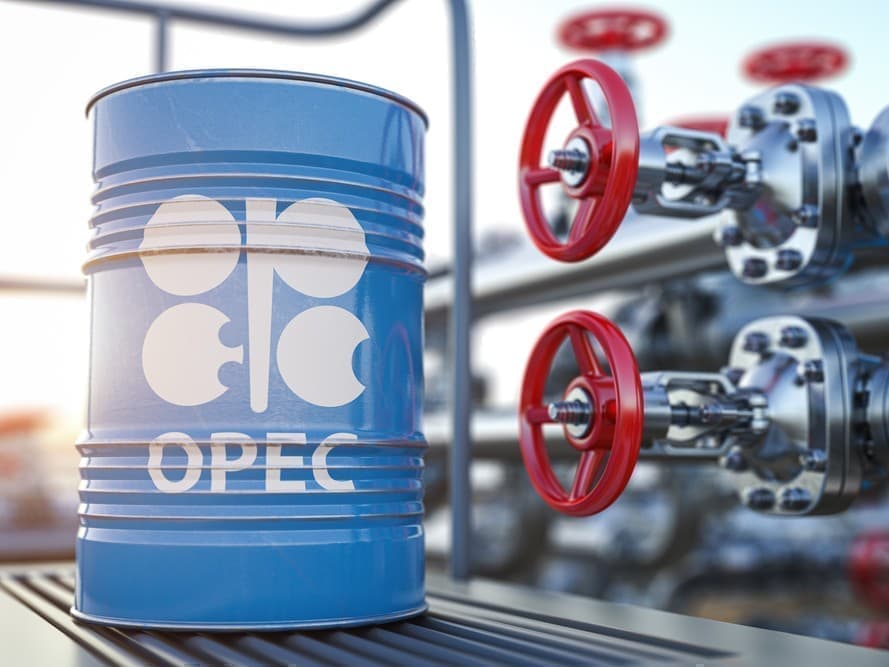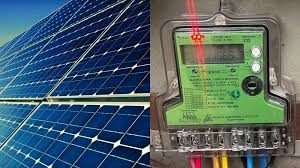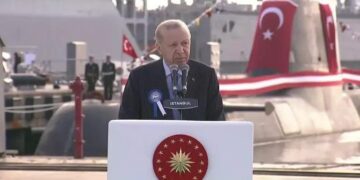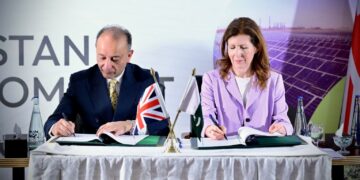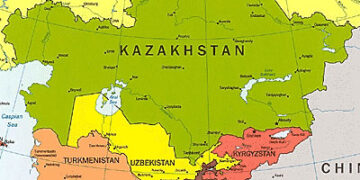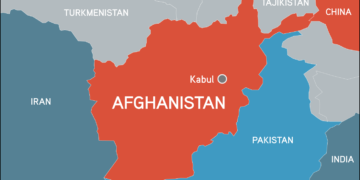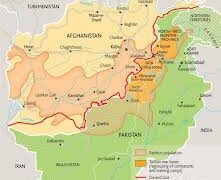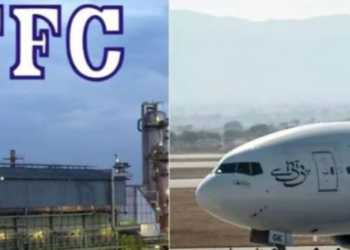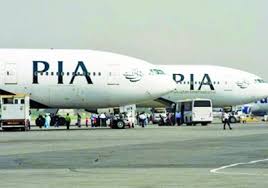Singapore: Oil prices saw a decline on Monday, July 7, 2025, after the OPEC+ alliance surprised markets by agreeing to a larger-than-expected output hike for August. The decision, coupled with ongoing uncertainty surrounding US tariffs and their potential impact on global economic growth, contributed to weaker demand expectations.
Brent crude futures fell 24 cents, or 0.35%, to settle at $68.06 a barrel (Saudi time). Meanwhile, US West Texas Intermediate (WTI) crude was at $66.31, down 69 cents, or 1.03%.
The Organization of the Petroleum Exporting Countries and their allies, collectively known as OPEC+, announced on Saturday that they would raise production by 548,000 barrels per day (bpd) in August. This figure surpassed analyst expectations, who had anticipated a continuation of the 411,000 bpd monthly increases seen in May, June, and July. The alliance cited a “steady global economic outlook and current healthy market fundamentals, as reflected in the low oil inventories” as reasons for the accelerated increase.
However, the increased supply from OPEC+ is hitting the market amidst concerns over global economic growth, particularly due to the potential impact of new US tariffs. The Trump administration has signaled its intention to impose significant tariffs on goods from several key trading partners, including Japan and South Korea, starting August 1, unless new trade deals are reached. Such tariffs could dampen global trade and economic activity, subsequently reducing demand for crude oil.
Analysts note that the move by OPEC+ could be interpreted as a more aggressive push for market share, even at the cost of lower prices. While oil prices briefly spiked following recent geopolitical tensions, the overall trend has been influenced by supply-demand dynamics and broader economic uncertainties. Goldman Sachs analysts anticipate a further, final increase of 550,000 bpd for September at the next OPEC+ meeting.
